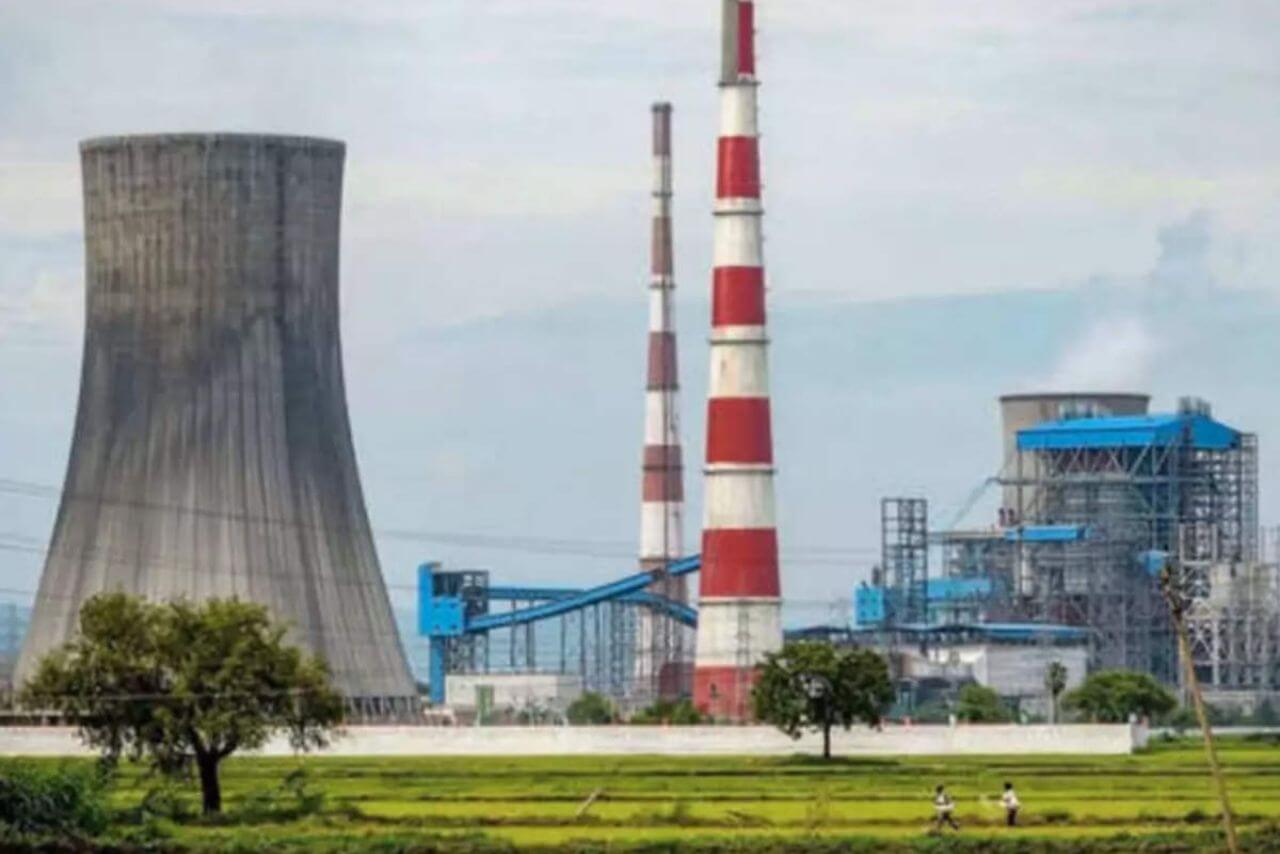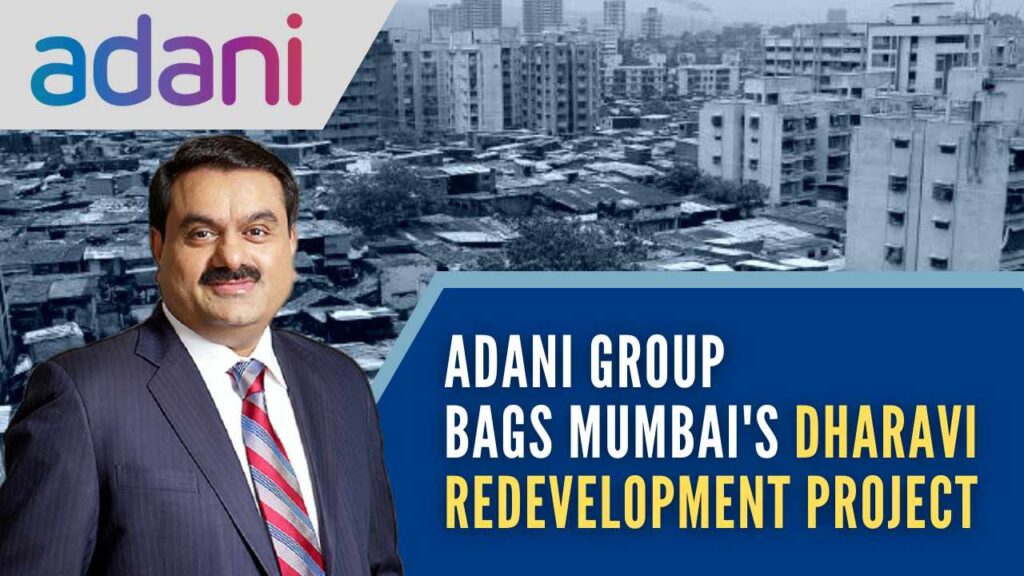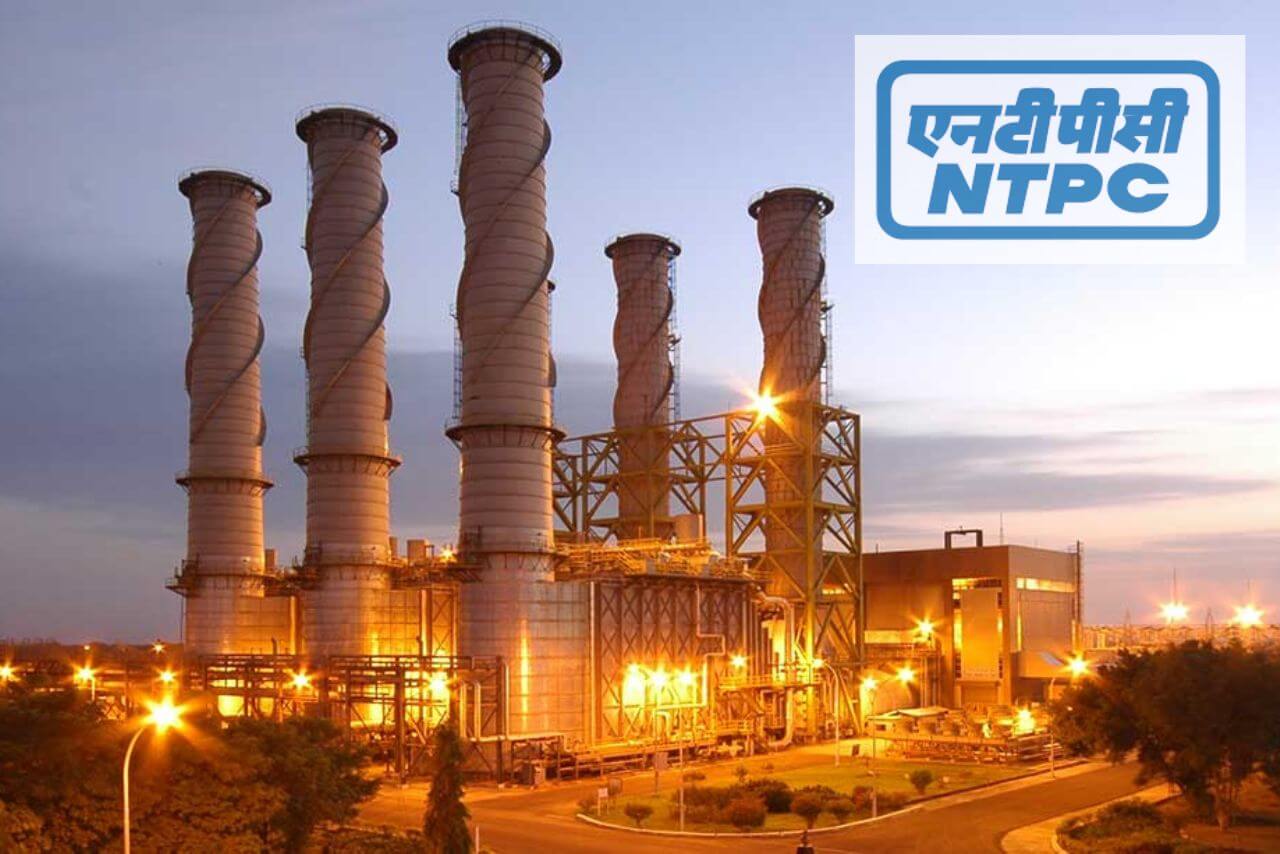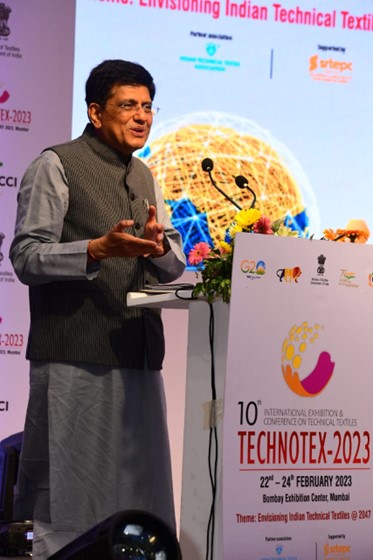


As India aims to increase its use of renewable energy sources and reduce its carbon footprint, they seek collaboration with Germany and other international partners. NTPC Green Energy and Adani Green have already announced major investments in solar and wind projects, with potential for more growth in the future. Other notable developments in India's renewable energy push include Adani's impressive progress and ONGC's new appointment. With these efforts, India and its partners are primed to lead the way in green energy.
NTPC Limited and Oil and Natural Gas Corporation: A Joint Venture for Renewable Energy
India has set ambitious targets to increase its use of renewable energy and reduce its carbon footprint. As part of this effort, NTPC Limited, India's largest power generation company, and Oil and Natural Gas Corporation (ONGC), the country's largest oil and gas producer, have formed a joint venture called Ayana Renewable Power Private Limited to develop and operate renewable energy projects.
The joint venture has a target of developing 10 gigawatts (GW) of renewable energy capacity by 2030. This will include a mix of solar, wind, and other sources. The joint venture will also focus on developing new technologies and innovative solutions to further reduce the cost of renewable energy.
This joint venture is a significant step forward for India's renewable energy sector. It brings together two of the country's largest energy companies and will allow them to leverage their resources and expertise to accelerate the development of renewable energy in India.
Top 5 FAQs and Answers
1. What are the benefits of the NTPC-ONGC joint venture for renewable energy?
The joint venture will help India to achieve its renewable energy targets, reduce its carbon footprint, and create new jobs in the renewable energy sector.
2. What is the investment target of the joint venture?
The joint venture has a target of developing 10 GW of renewable energy capacity by 2030.
3. What types of renewable energy projects will the joint venture develop?
The joint venture will focus on developing solar, wind, and other renewable energy projects.
4. What is the potential for growth in the Indian renewable energy sector?
The Indian renewable energy sector has the potential to grow rapidly in the coming years. The government has set ambitious targets for increasing the use of renewable energy, and there is strong demand from consumers for affordable and clean energy.
5. What are the challenges facing the Indian renewable energy sector?
The Indian renewable energy sector faces a number of challenges, including high costs, policy uncertainty, and grid integration issues. However, the government is working to address these challenges and make India a leader in renewable energy.

The Congress party has demanded Union Home Minister Amit Shah's resignation in light of the escalating violence in Manipur and has also urged Prime Minister Narendra Modi to visit the state before the Winter Session of Parliament begins. According to Congress MP Jairam Ramesh, the double engine government in Manipur has completely failed and PM Modi should first hold a meeting with an all-party delegation from Manipur before calling an all-party meeting at the national level. The Congress also accused PM Modi of outsourcing Manipur to the Home Minister and highlighted the PM's lack of meetings and communication with the state's leadership. Additionally, both the BJP and Congress have requested a 7-day extension from the Election Commission to address poll code violations.

In a major development for the Dharavi cluster redevelopment project, Adani Realty, led by Gautam Adani, has won a tender worth Rs 20,000 crore. The project aims to transform 259 hectares of land into a state-of-the-art township, boosting business in the area and providing ample opportunities for development. This project comes as a boon for the people of Mumbai and is set to make a significant impact on the city's real estate sector.

With the upcoming commencement of the Vande Bharat Express train between Delhi and Srinagar, India's rail connectivity is set to see a significant boost. Complementing this, the Indian Railways is planning to launch 10 new Vande Bharat sleeper trains by the year 2025-26, promising world-class facilities and interiors. This expansion marks a major milestone in the country's rail infrastructure development and is expected to be inaugurated by Prime Minister Narendra Modi on Republic Day. Additionally, filmmaker Rakesh Roshan has confirmed his retirement from the industry and shared an update on his son Hrithik Roshan's upcoming film, Krrish 4.

The renewable energy subsidiary of NTPC, a listed public sector undertaking, is set to go public with its IPO in November. The company has set a price band of ₹102 to ₹108 per share and is solely looking to raise ₹10,000 crore for its expansion plans. This IPO will have no offer for sale component, making it an entirely fresh issue for investors.

The Goods and Services Tax (GST) has revolutionized indirect taxation systems in many countries. The Forward Charge Mechanism (FCM) and Reverse Charge Mechanism (RCM) are the two key mechanisms behind its functioning that aim to simplify and streamline taxation. While FCM is the standard approach for most transactions, RCM is applied in specific circumstances to ensure compliance and tax collection from certain categories of suppliers. Understanding these mechanisms is crucial for businesses to efficiently fulfill their GST obligations.

The initial public offering of NTPC Green Energy IPO has been highly anticipated, but market observers are reporting a lack of interest from investors. The company's grey market premium has remained low at only 0.93% over the IPO's upper price band, signaling a lack of enthusiasm, especially from non-institutional investors. This is a stark contrast to the high GMP observed in the past, showcasing how steep pricing can impact investor interest. However, shareholders of NTPC Ltd have an advantage, with a 10% quota reserved for them in the IPO.

Union Minister of Textiles Giriraj Singh highlighted the significance of carbon fibres in the textile industry and India's focus on amplifying technical textiles at the India International Trade Fair. With a budget allocation of Rs1,500 crore for research and development in the sector, the government aims to enhance the textile value chain and promote sustainable products. Singh also stressed on the important role of the handloom industry, which has zero carbon and water footprint, in the transition towards sustainability.

Despite initial signs of recovery, the Indian stock market faced a decline in early trade on Monday due to persistent foreign fund outflows, IT stock sell-offs, and weak cues from US markets. The downward trend was reflected in both the Sensex and Nifty, with major companies like Infosys, Tech Mahindra, and Tata Consultancy Services among the major losers. The rupee also saw a slight recovery against the US dollar, but foreign investors continued to pull out funds from the Indian equity market, adding to the ongoing sell-off.

In a blow to the profitability of gas companies, GAIL has slashed the allocated APM gas supply to IGL, MGL, and Adani Total Gas by up to 20%. With a trend of declining production, the supply cut to city gas distributors is a worrying development. This has led to a steep decline in the share prices of IGL and MGL, with domestic brokerages predicting a higher supply from expensive fields. International brokerage firms, however, foresee higher costs and a decline in margins for these gas companies.